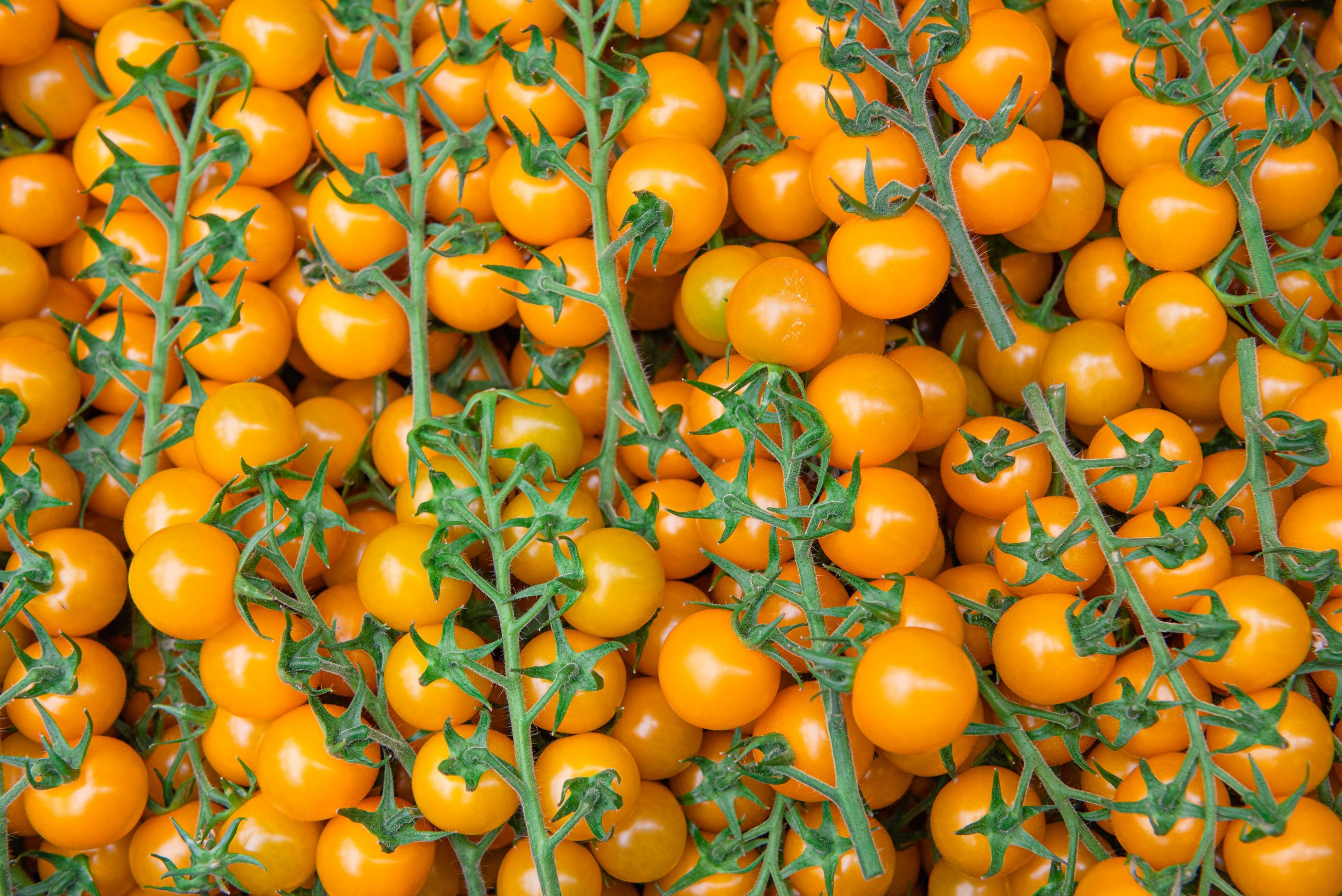The tomato, now a staple in cuisines around the world, has a rich and intriguing history. From its ancient origins to its transformation into a culinary star, the tomato has journeyed across continents, cultures, and centuries. Here are five key points about the history of tomatoes that showcase its incredible story!
- Origins in the Andes Mountains of South America
Tomatoes are native to the Andes Mountains in South America, specifically in areas now part of Peru, Ecuador, and northern Chile. Wild tomato plants grew in abundance here and were first cultivated by the Aztecs and Incas as early as 500 BC. These early tomatoes were small and yellow, much like cherry tomatoes, and were a far cry from the large, red varieties we know today. The indigenous peoples of Central and South America valued tomatoes as a staple food, using them in various dishes and sauces.
- The Journey to Europe with Spanish Explorers
It wasn’t until the Spanish conquest of the Americas in the early 16th century that tomatoes were introduced to Europe. Spanish explorers, who had encountered the tomato in what is now Mexico, brought it back to Europe around 1521. Known as “tomatl” in the Aztec language, the fruit was soon cultivated in Spain and other parts of Europe. However, it wasn’t immediately embraced as food; many Europeans initially regarded the tomato as an ornamental plant due to its bright, striking appearance.
- The “Poisonous” Reputation of Tomatoes in Europe
Upon its introduction to Europe, the tomato quickly earned a controversial reputation. Because it belongs to the nightshade family (Solanaceae), which includes some toxic plants, many Europeans believed tomatoes to be poisonous. This belief was further fuelled by the fact that tomatoes were often served on pewter plates, which could leach lead when combined with the tomato’s acidity, leading to lead poisoning. For centuries, tomatoes were viewed with suspicion in Europe, especially among the upper classes, and were more commonly grown as decorative plants than as food.
- Embrace by Italy and the Birth of Tomato-Based Cuisine
In the 18th century, tomatoes began to gain popularity in Italy, where they were gradually incorporated into cooking. Italians were among the first Europeans to appreciate the culinary potential of tomatoes, experimenting with the fruit in sauces, soups, and eventually in pasta dishes. By the late 1700s, the tomato had become a central ingredient in Italian cuisine, forever changing the food culture of the country. Italian immigrants later brought tomato-based recipes to the United States, including iconic dishes like pizza and pasta with marinara sauce, helping to popularize tomatoes worldwide.
- Global Cultivation and the Tomato’s Rise as a Culinary Icon
Today, the tomato is one of the most widely cultivated crops in the world, with more than 180 million tons produced annually. From North and South America to Europe, Asia, and beyond, tomatoes are a beloved staple in countless cuisines. They’re celebrated not only for their versatility in dishes but also for their health benefits, including their rich content of antioxidants like lycopene. The tomato’s journey from a small wild fruit in the Andes to a global culinary icon showcases its adaptability and enduring appeal.
The tomato’s story reminds us of the power of food to connect cultures and transform traditions, and it continues to inspire chefs and food lovers around the globe.







